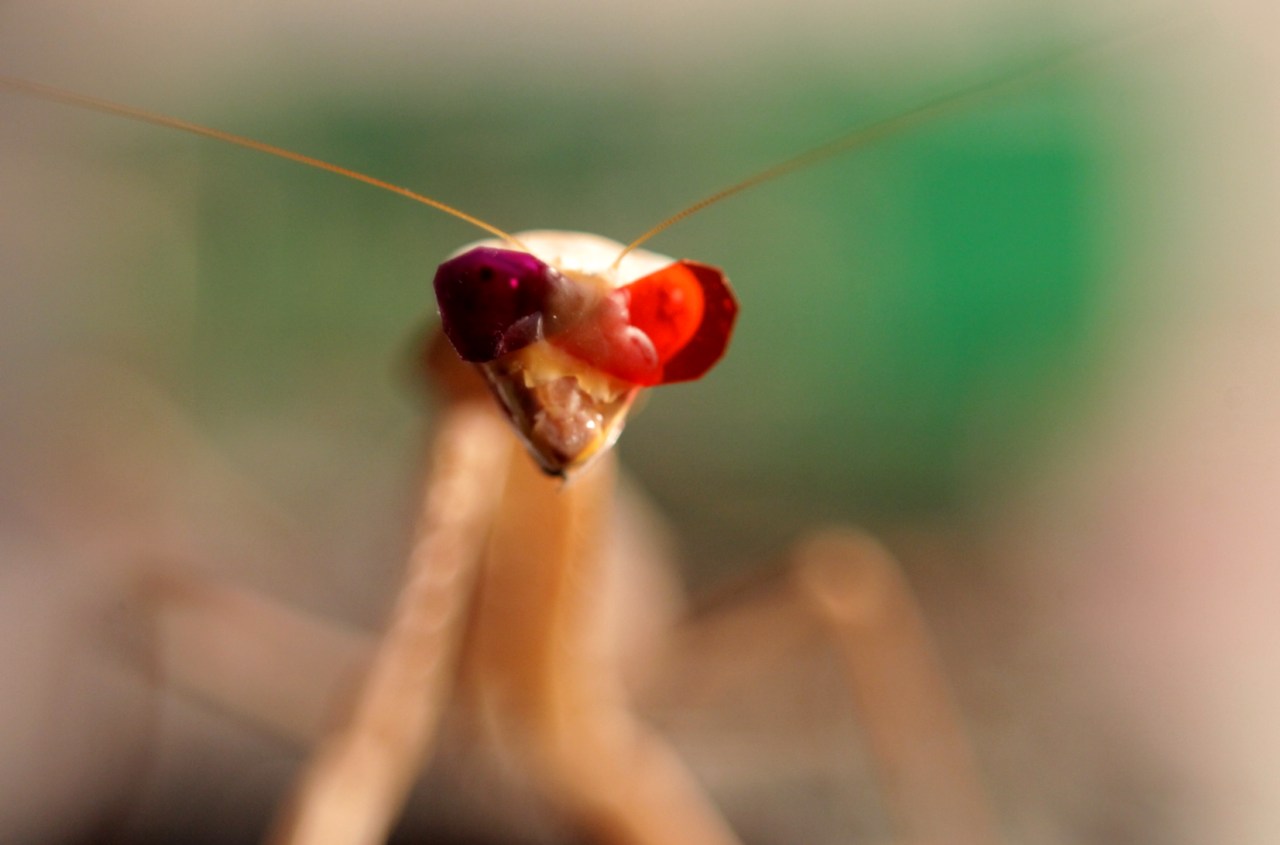In the intricate web of nature, insects often go unnoticed while they carry out astonishing feats. Recent groundbreaking research at Newcastle University has shed light on a unique form of stereo vision found in mantises, unveiling a new chapter in our understanding of insect perception. By outfitting these fascinating creatures with tiny 3D glasses, researchers have discovered an evolutionary trait that could inspire advancements in robotics and artificial intelligence.
The Experiment: Using 3D Glasses for Insight
The researchers engineered a groundbreaking experiment where they attached miniature, dual-color 3D glasses to the mantises using beeswax as an adhesive. This unconventional approach allowed the scientists to track the mantises’ responses to video stimuli that showcased potential prey. What emerged was a remarkable parallel to human 3D processing, with mantises lunging at objects on the screen. However, the true brilliance of their stereo vision revealed itself when they were exposed to traditional dot patterns used in human vision tests.
- Unlike humans, who require distinct image differences to perceive depth, mantises demonstrated the ability to match and react to dynamic changes between both eyes.
- This finding uncovers a divergence in how various species experience the world; mantises rely primarily on motion detection rather than brightness, setting them apart from other animals, including primates and birds.
A Unique Evolutionary Adaptation
According to Dr. Vivek Nityananda, one of the leading researchers, this unique trait is of significant importance, as it represents a previously unreported form of 3D vision. While theories of such a method of perception had surfaced in the past, the team’s work marks the first documented instance in the animal kingdom.
In honing in on this specialized visual processing, mantises utilize a considerably simplified version of stereo vision designed to operate efficiently with their less complex neural architecture. This distinctive system processes changes perceived between their two eyes, rather than relying on the intricate alignment of visuals seen in more evolved animals.
Implications for Robotics and AI
But what does this mean beyond the world of biology? The implications are promising, particularly for the field of robotics. The simplicity of the mantis’s 3D vision offers exciting opportunities for roboticists looking to develop lightweight machines capable of dynamic perception. Dr. Nityananda notes that the mantis’s methodology could serve as a practical model for creating efficient robotic systems that require less computational power. Given the ever-increasing demand for advanced robotics in various fields, harnessing lessons from insect vision could lead to innovative design breakthroughs.
- Lightweight robots utilizing similar visual detection methods could revolutionize industries ranging from agriculture to exploration.
- Enhanced sensors that mimic this biological adaptation might achieve significant strides in machine learning, allowing for more responsive and agile robotic systems.
Conclusion: Bridging Nature and Technology
The discovery of this unique stereo vision in mantises opens a window into the complex interplay between evolution and sensory perception. These creatures showcase a different angle to biological functionality that can inspire a wave of innovation in robotics and beyond. At fxis.ai, we believe that such advancements are crucial for the future of AI, as they enable more comprehensive and effective solutions. Our team is continually exploring new methodologies to push the envelope in artificial intelligence, ensuring that our clients benefit from the latest technological innovations.
For more insights, updates, or to collaborate on AI development projects, stay connected with fxis.ai.

